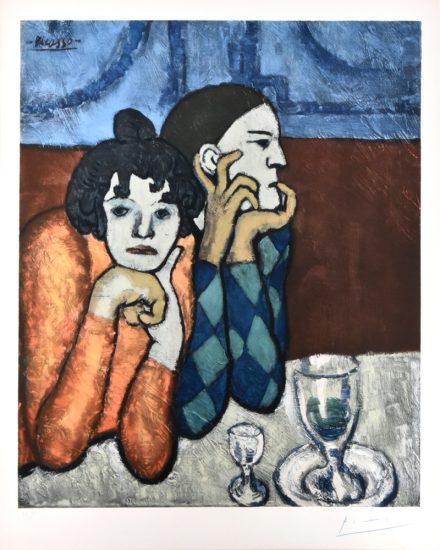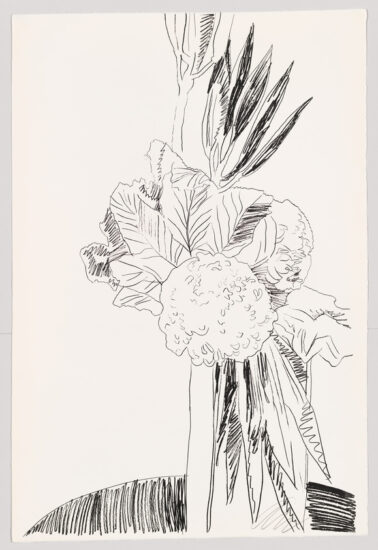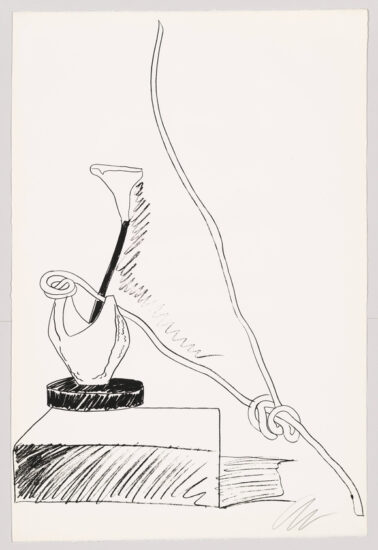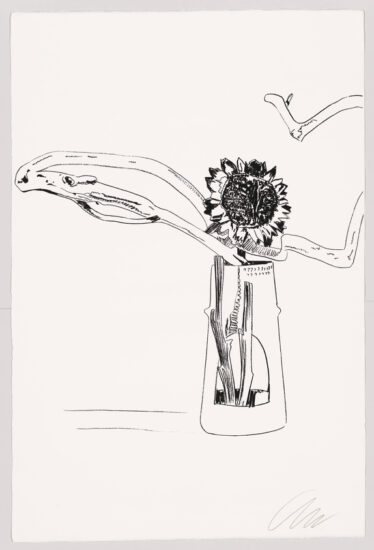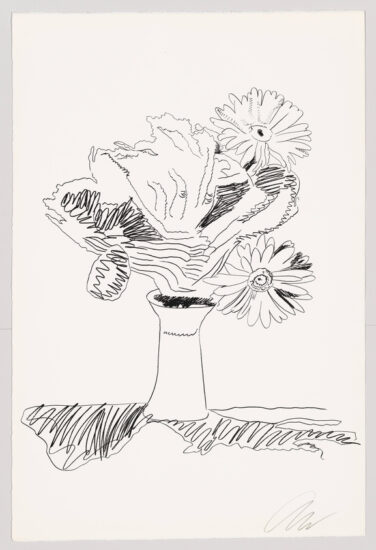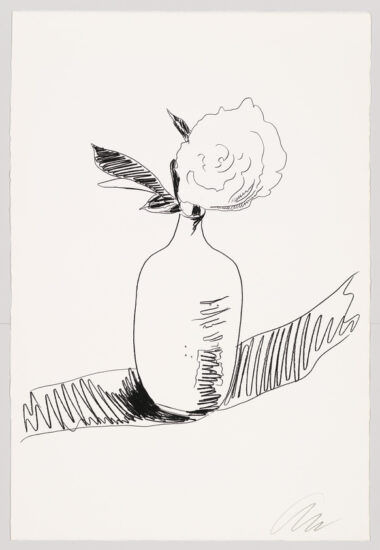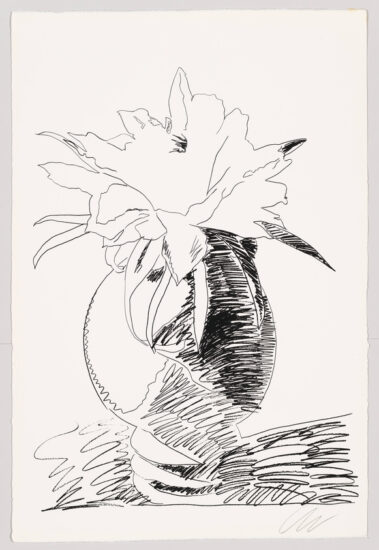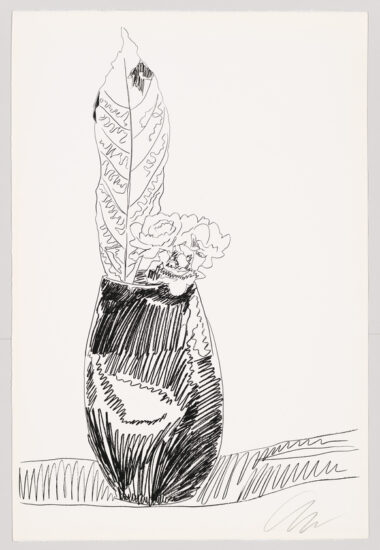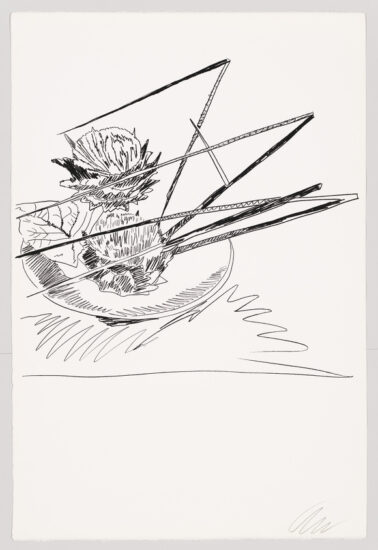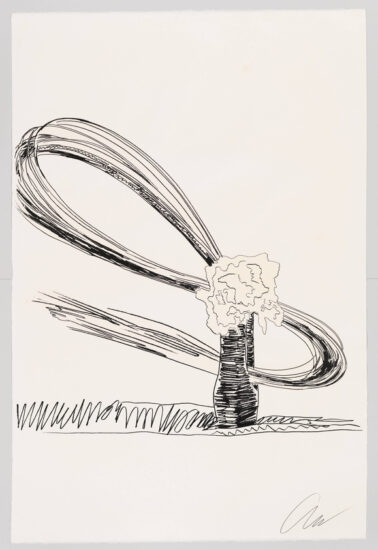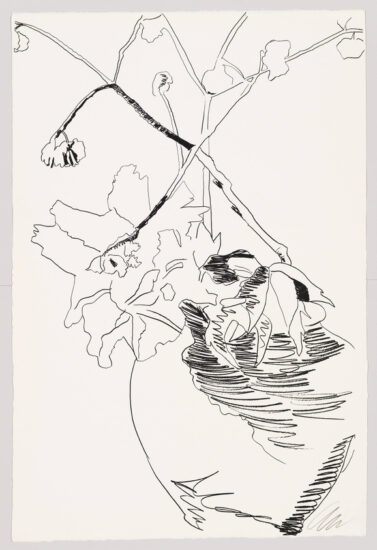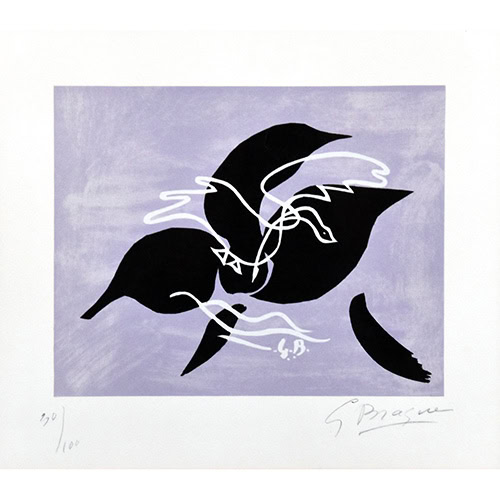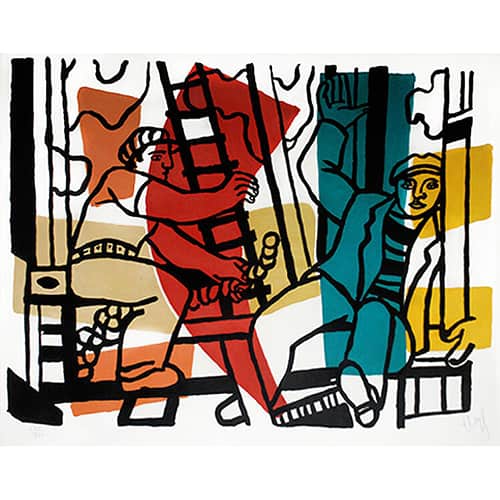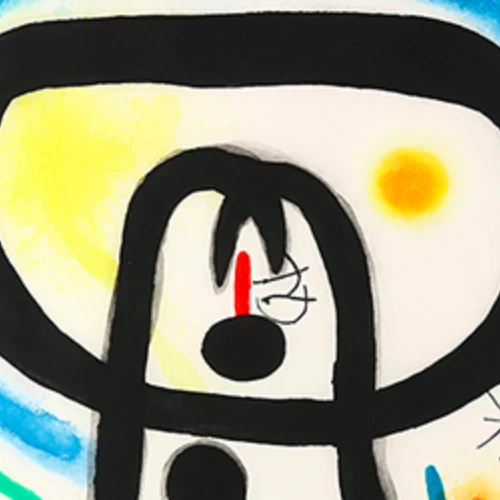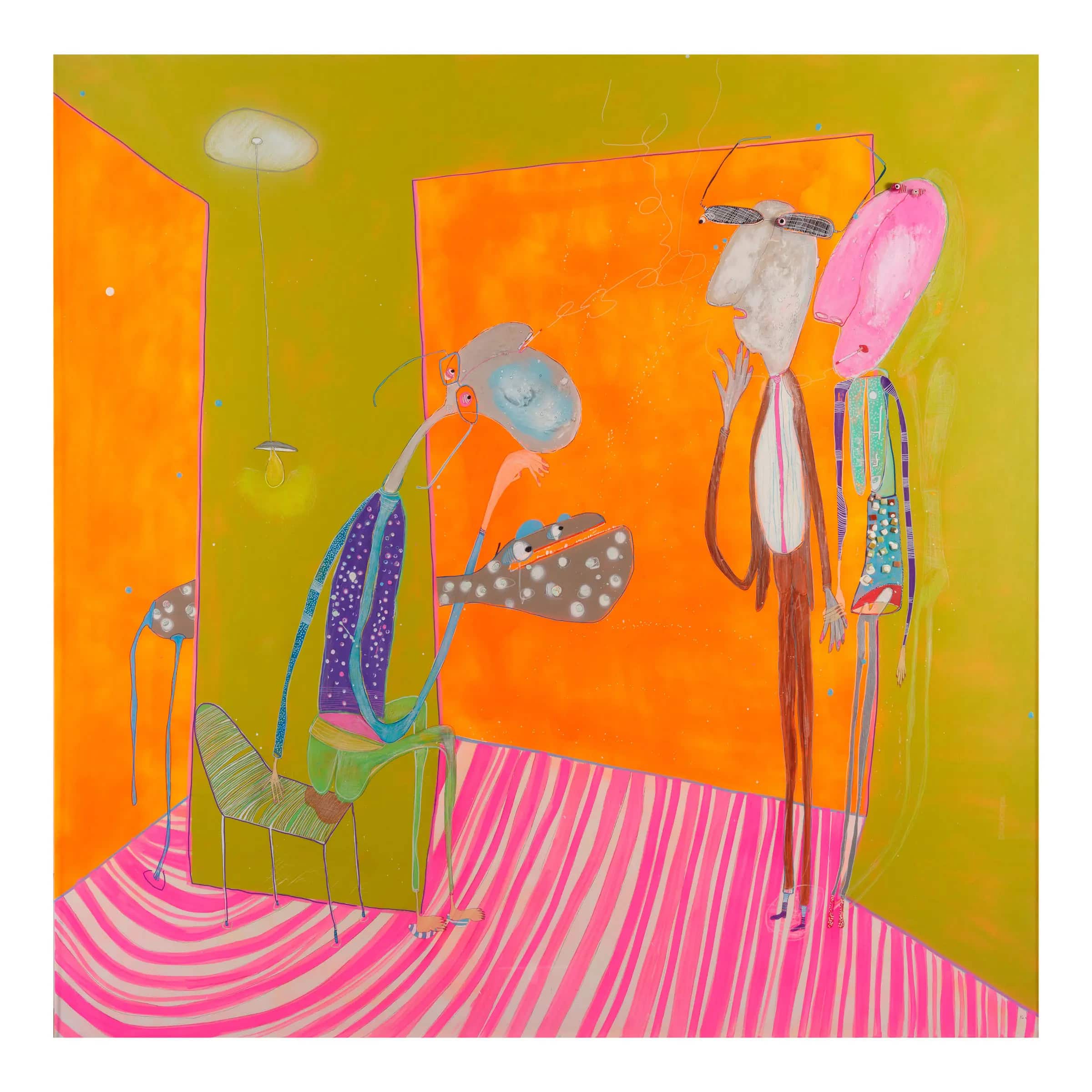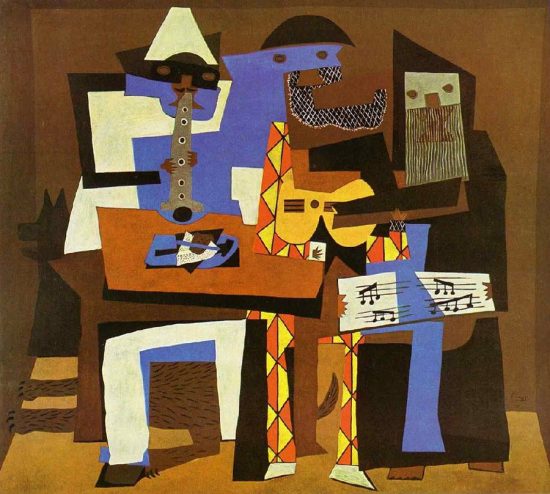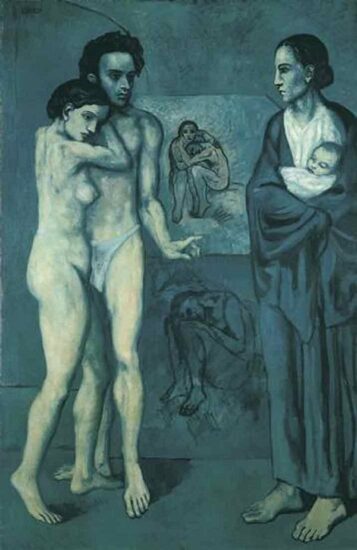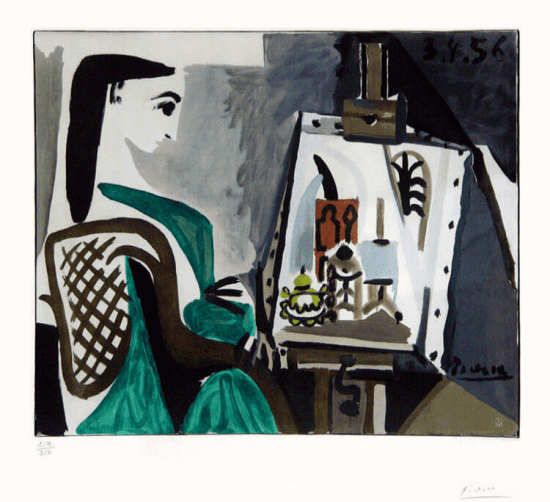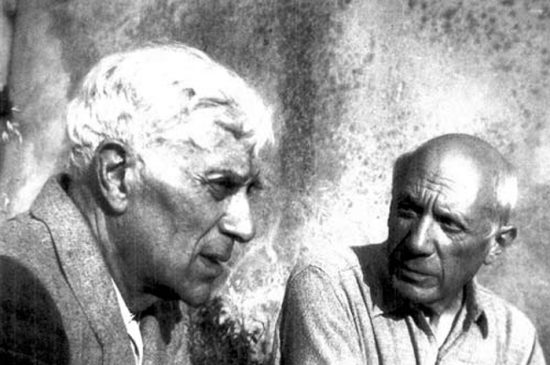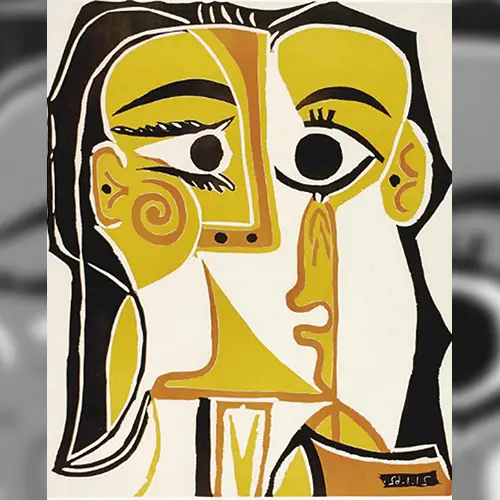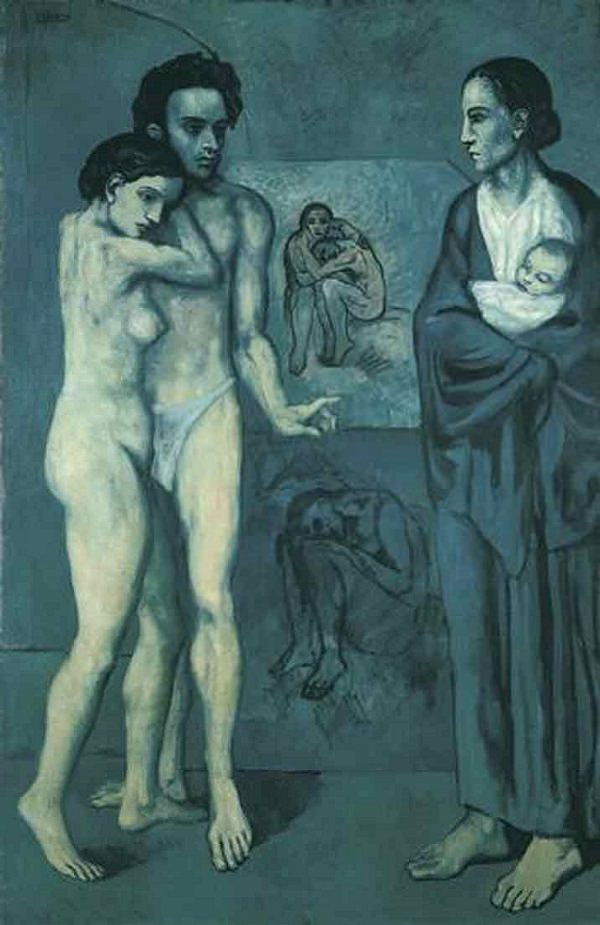
Período Azul de Pablo Picasso (1901-1904) y sus Pinturas:
Aclamado como un momento decisivo en la carrera artística de Pablo Picasso, El período azul (1901-1904) se inspiró en la agitación emocional y la miseria financiera del propio Picasso. Tras un viaje por España y el suicidio de su íntimo amigo y confidente Carlos Casagemas (1881-1901) en febrero de 1901, la obra de Picasso dio un giro dramático. Casagemas, un poeta, fue víctima de un amor no correspondido y finalmente se quitó la vida después de intentar matar a su amante despreciado. Su suicidio tuvo un efecto profundo en Picasso, quien luchaba como un artista no reconocido y asolado por la pobreza que vivía en París en ese momento.
A partir de varias pinturas que conmemoraban a Casagemas a finales de 1901, los temas de Pablo Picasso se volvieron solemnes y oscuros. Adoptó una paleta casi monocromática de azules y verdes azules y comenzó a transmitir escenas sombrías de miseria y desgracia. El uso monocromático del azul se usó comúnmente en pinturas simbolistas en España y Francia, donde a menudo se asociaba con las emociones de melancolía y desesperación, lo que sugiere que Picasso se inspiró para El período azul en el tiempo que pasó en España observando estas obras simbolistas.
“Picasso metafóricamente permite que sus súbditos escapen de su destino y ocupen un estado de gracia utópico. Algunos padecen ceguera, una condición física que simbólicamente sugiere la presencia de una visión interior espiritual”.
El Período Azul también dirigió la atención de Picasso hacia temas de desgracia: mendigos, borrachos, prostitutas y lisiados, hambrientos, enfermos e indigentes.
Sin embargo, en lugar de mostrar las circunstancias específicas de su desgracia, Picasso alargó las formas de sus sujetos, dotándolos de una sensación única de belleza inquietante y gracia sobrenatural. Como sugiere la Galería Nacional de Arte (2014), al idealizar estas figuras, “Picasso permite metafóricamente a sus sujetos escapar de su destino y ocupar un estado de gracia utópico. Algunos padecen ceguera, una condición física que simbólicamente sugiere la presencia de una visión interior espiritual”.
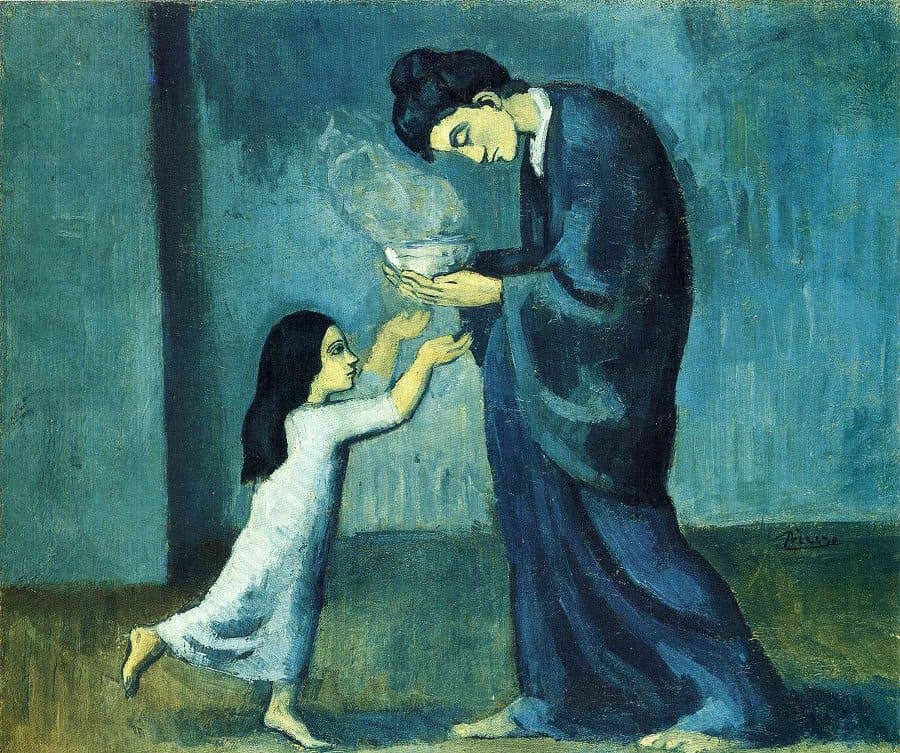
A lo largo del Período Azul, Pablo Picasso produjo muchas obras que abordaron temas simbólicos, filosóficos y humanitarios. La Vie, una de las obras más icónicas y misteriosas de Picasso, ha sido interpretada (y cuestionada) por los historiadores como una referencia alegórica al nacimiento, la muerte y la redención, las responsabilidades de la vida diaria, la incompatibilidad sexual y las luchas detrás de la creatividad artística. Una pareja desnuda y una mujer en bata que acuna a un bebé se paran siniestramente ante dos pinturas que representan figuras agachadas en desesperación. La composición es forzada, el espacio comprimido, los gestos rígidos y los tonos predominantemente azules, rasgos característicos de las obras del Período Azul de Picasso. La Vie comenzó como un autorretrato, pero Picasso pronto descubrió que sus propios rasgos se transformaban en los de su amigo perdido Casagemas (la figura masculina de la izquierda), sugiriendo quizás la naturaleza muy personal de esta obra.
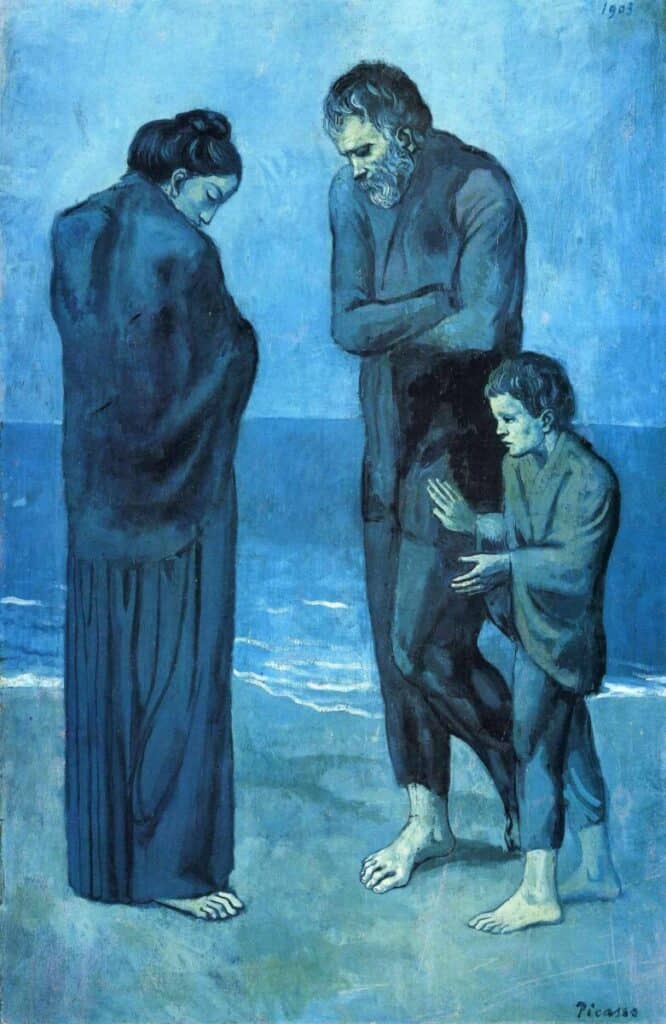
Si bien Picasso trabajó principalmente como pintor durante el Período Azul, también creó grabados fenomenales al estilo del Período Azul. Estas maravillosas impresiones a menudo se crean a partir de la imagen de renombrados cuadros de Picasso, como El abrazo y Los dos saltimbanques (Arlequín y su compañero). Picasso también incorporó pochoir, o acuarela aplicada a mano, a la mayoría de estos grabados, contribuyendo aún más con una sensación de textura y emoción. El viaje de Picasso a las oscuras profundidades del Período Azul transformó su carrera como artista. Como resultado, estos grabados, creados al estilo de El período azul, se encuentran entre los grabados de Picasso más valiosos y deseables en el mercado actual. Si bien El período azul definió en última instancia a Picasso como un artista moderno, sirve como un reflejo de la naturaleza melancólica del propio Picasso durante un período difícil de su vida. Además, destaca la inmensa capacidad de Picasso como artista para canalizar su propia miseria y dificultades en una forma revolucionaria de expresión artística.
- Pablo Picasso Blue http://www.people.vcu.edu/ ~djbromle/modern04/ paulh/index.htm
- Pablo Picasso, Art Periods: https://www.pablo-ruiz-picasso.net/periods.php
- Un cuadro de Van Gogh y otro de Picasso alcanzan los precios más altos en una subasta de Christie's https://www.elmundo.es/ elmundo/2006/05/03/ cultura/1146626581.html
- Obras de Pablo Picasso en Venta

